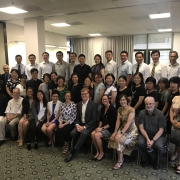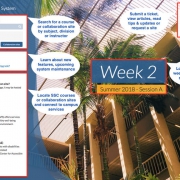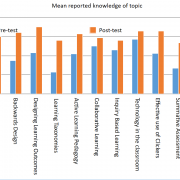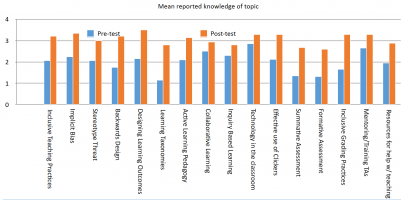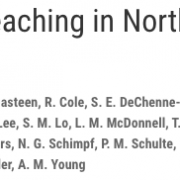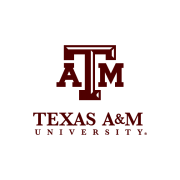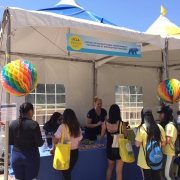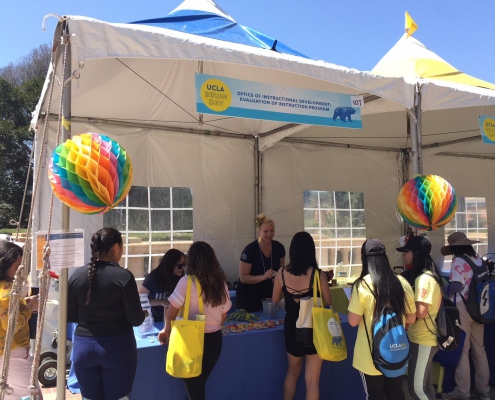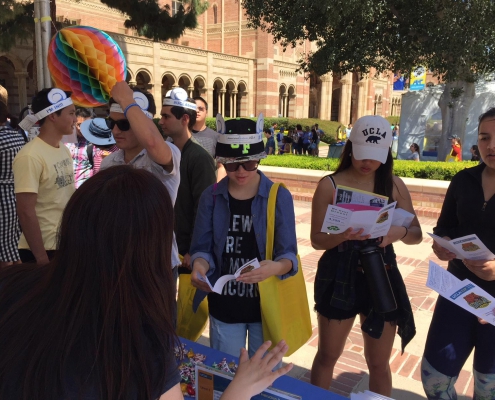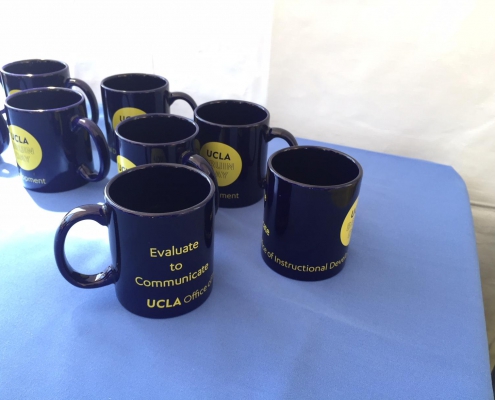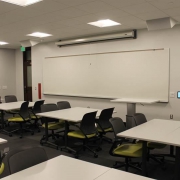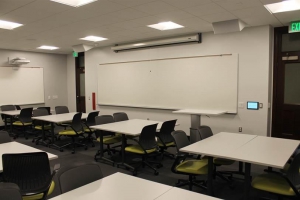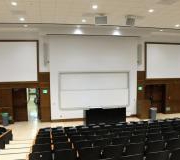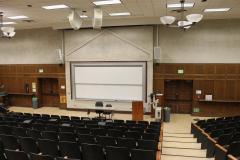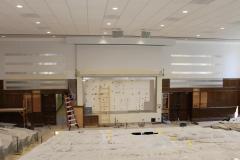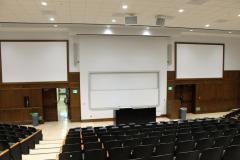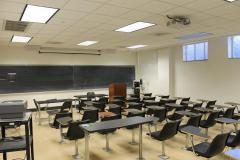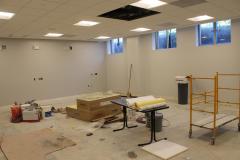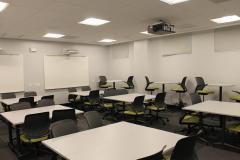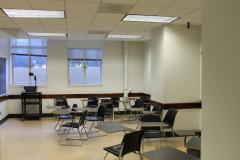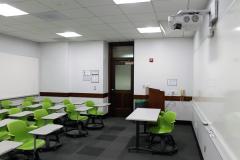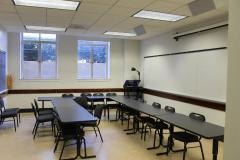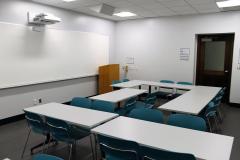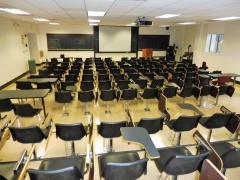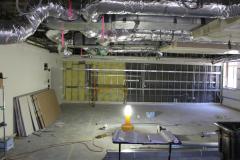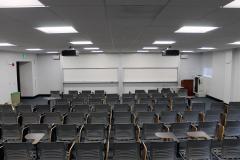OID Hosts 4th Annual International Faculty Development Program
From July 29 to August 11, 2018, OID hosted 33 faculty from Ocean University of China and Huazhong University of Science and Technology for a two-week training workshop at UCLA.
This was the fourth iteration of OID’s International Faculty Development Program and comprised the largest group to date. The program provided faculty participants with a comprehensive overview of approaches to student-centered learning at leading American universities and in-depth training in pedagogical frameworks, common practices in teaching and assessment, and cutting-edge instructional technologies. Participants were also introduced to how OID fosters interdisciplinary cooperation among administrators, department and program leaders, and faculty to promote broader campus goals. Participants not only gained greater knowledge of learning theories, but also how to deploy these theories to meet specific needs at classroom, department, and institutional levels.
The program was designed and spearheaded by Dr. Kumiko Haas, Director of Instructional Improvement Programs at OID. Special acknowledgement goes to the following OID subject matter experts and guest speakers who led workshops for the program:
- Adrienne Lavine, Ph.D. – Faculty Director of OID and Professor of Mechanical and Aerospace Engineering
- Marc Levis-Fitzgerald, Ph.D. – Director of Center for Educational Assessment (OID)
- Michelle Lew, M.B.A. – Director of Teaching and Learning Technologies (OID)
- Michelle Gaston, Ph.D. – Assistant Director of Teaching and Learning Initiatives (OID)
- Hannah Whang Sayson, Ph.D. – Assistant Director of Data Analytics (OID)
- Shannon Toma, Ph.D. – Postdoctoral Scholar (OID)
- Jessica Hoover – Coordinator of Evaluation of Instruction Program (OID)
- Candice Christiansen – Program Assistant of Evaluation of Instruction Program (OID)
- Sean Cruser – Principle Producer-Director, Instructional Media Production (OID)
- Kimberly Cohen – Assistant Producer-Director, Instructional Media Production (OID)
- Deborah Kearney – Instructional Designer/Support Manager, CCLE (OID)
- Ronny Choe, Ph.D. – Department of Integrative Biology and Physiology
- Ira Clark, Ph.D. – Associate Director for the Minor in Biomedical Research
- William Grisham, Ph.D. – Lecturer/Academic Coordinator, Department of Psychology and Interdepartmental Program in Neuroscience
- Shanna Shaked, Ph.D. – Senior Associate Director for Physical Sciences Initiatives, Center for Education Innovation and Learning in the Sciences
- Andrey Nikolayev – Senior Instructional Technologist, University Extension
- Naat Jairam – Online Course Manager, University Extension
- Noor Jabaieh – Digital Initiatives and Information Technology, Library
- Garrett Romero – Digital Initiatives and Information Technology, Library
Additional thanks goes to the OID staff who assisted with behind-the-scenes execution to make the program possible:
- Michelle Chen
- Gary Krolak
- Anita Han
- Lucia Tabarez
- Harvey Bui
- Daniel Bustos
- Long Le
- Greg Vincent


